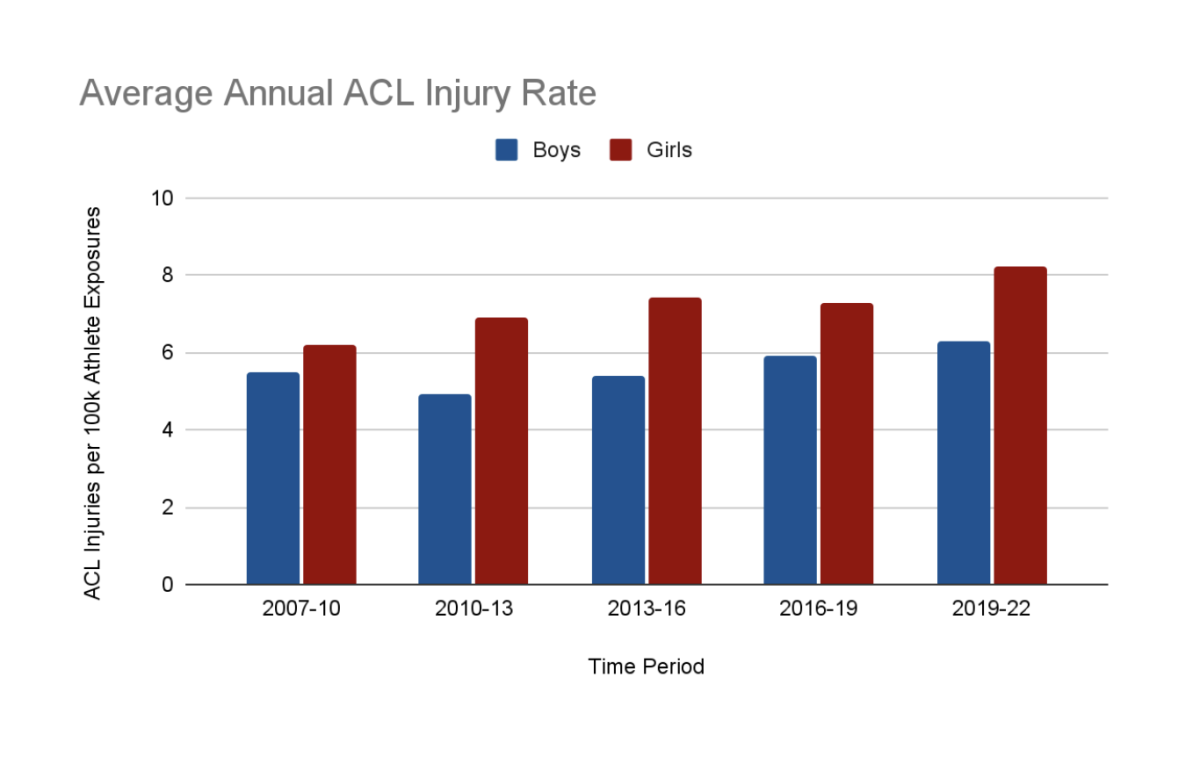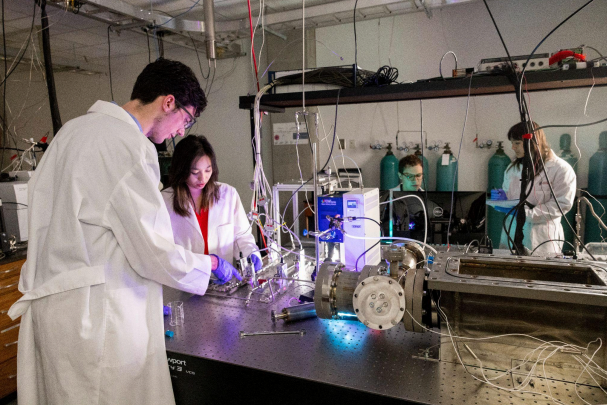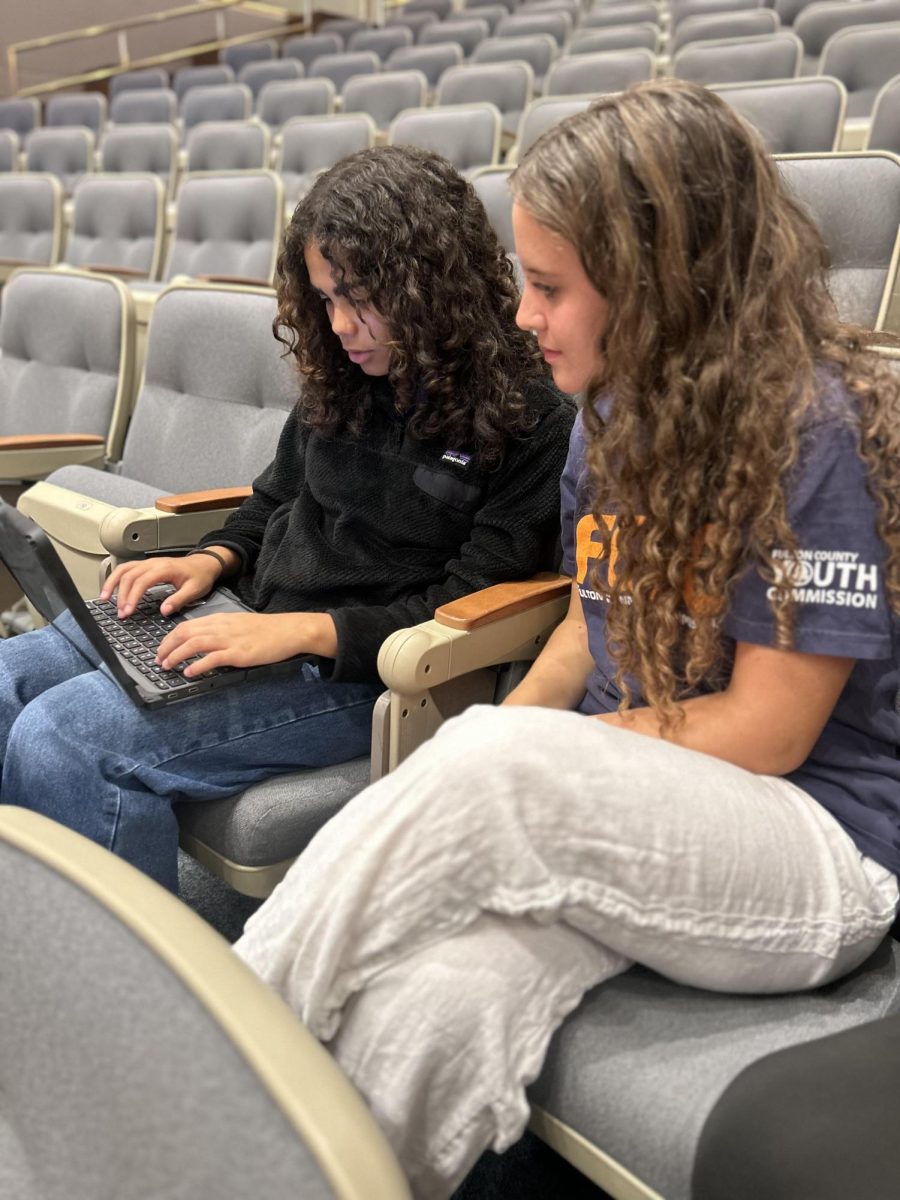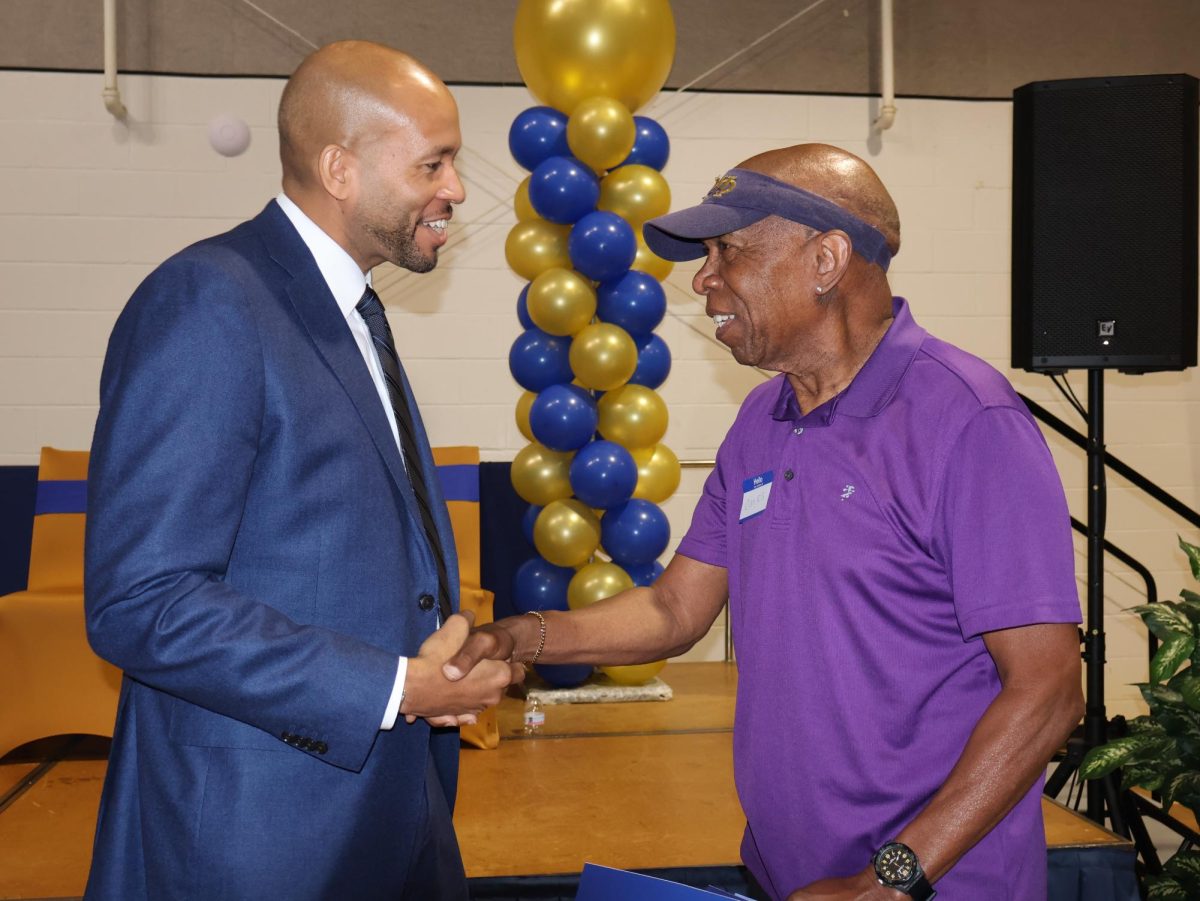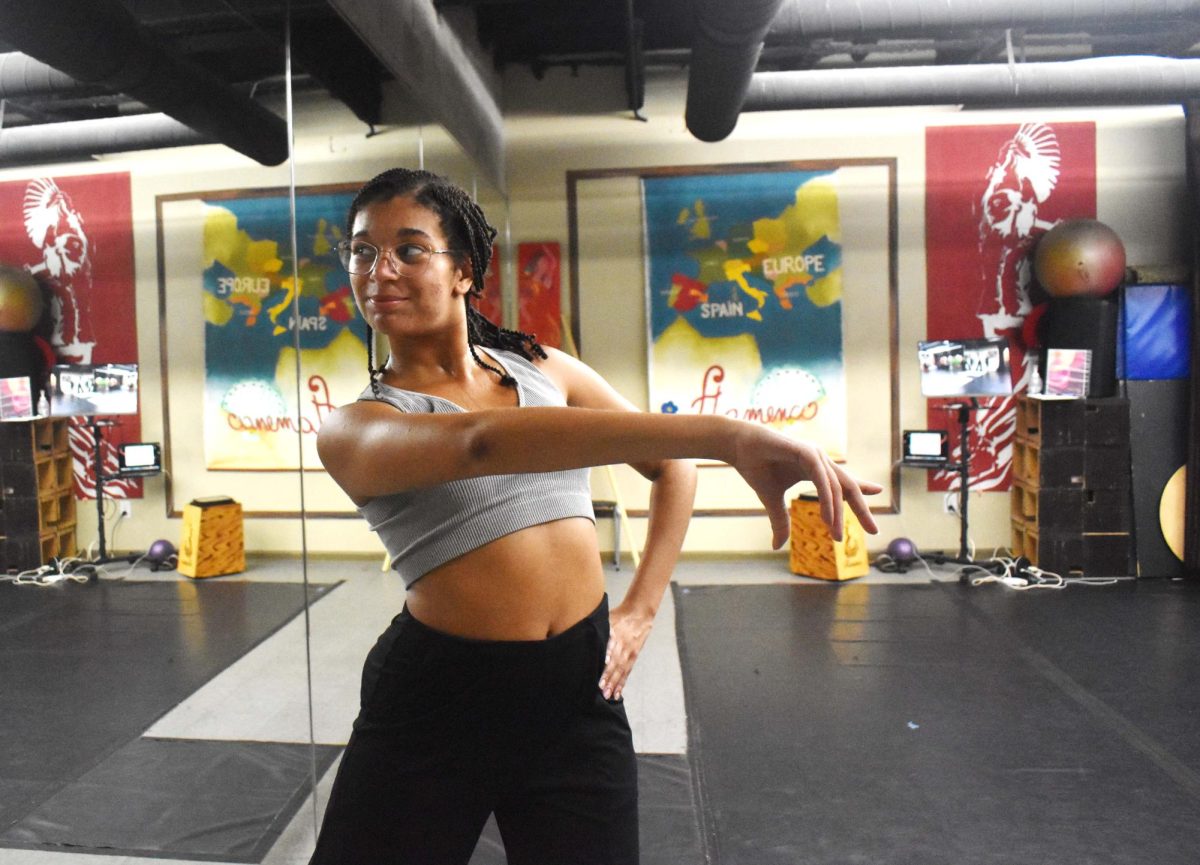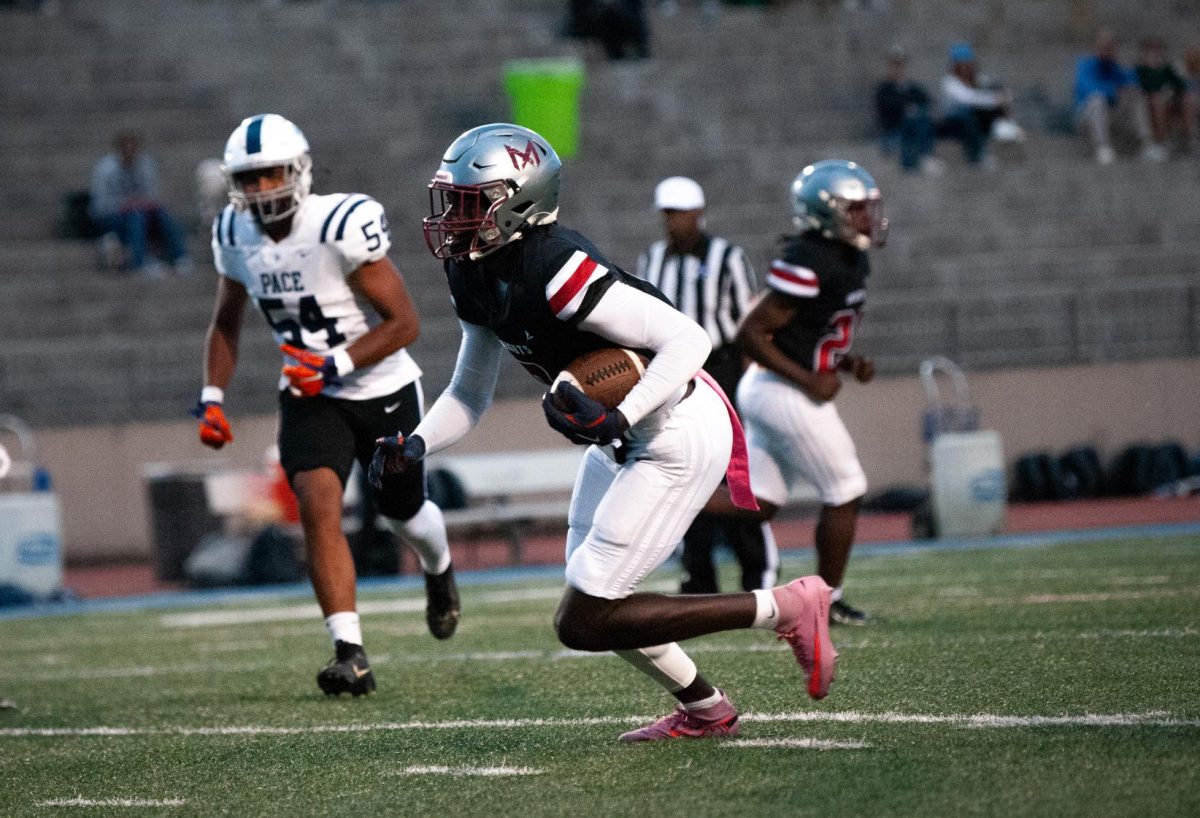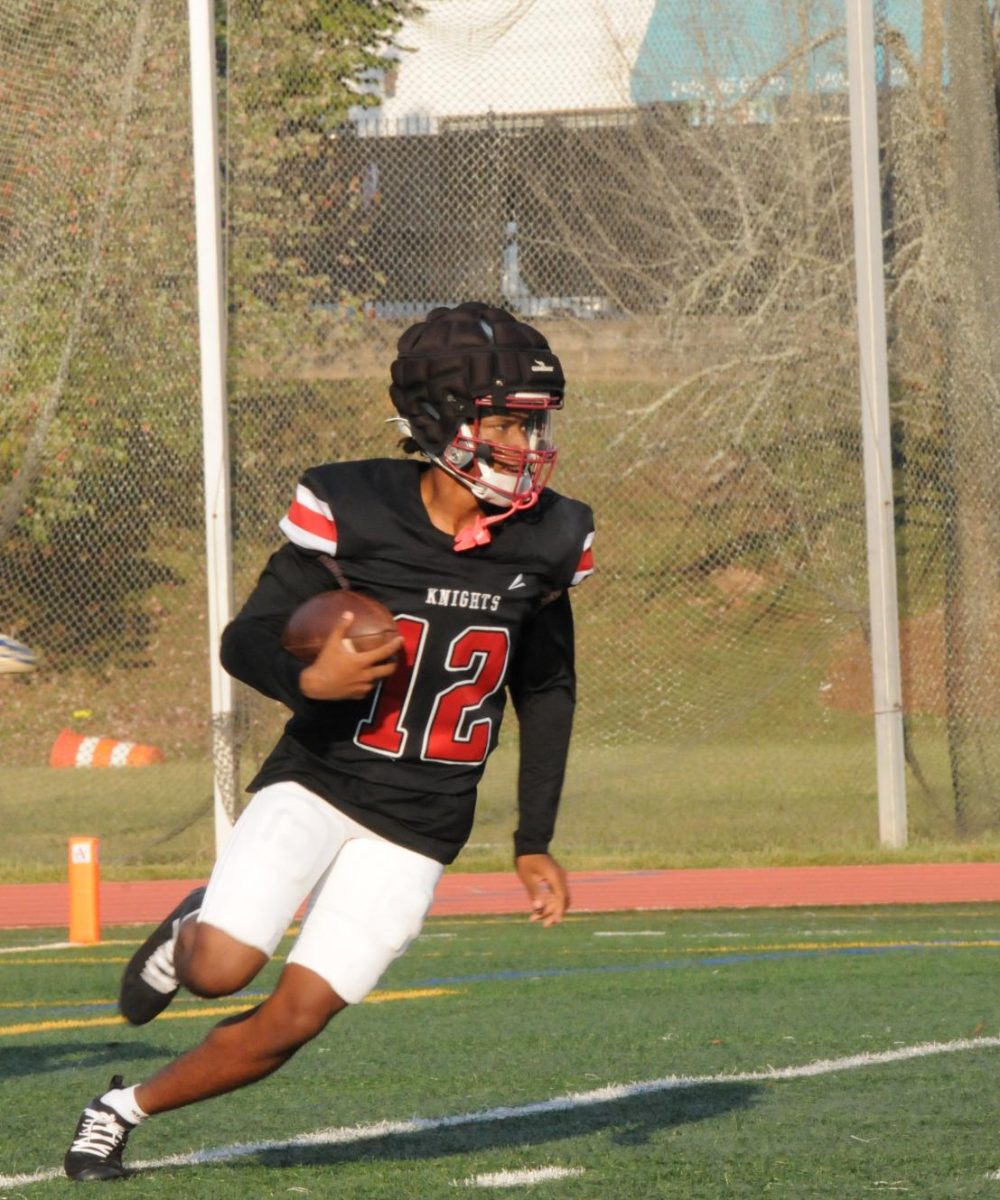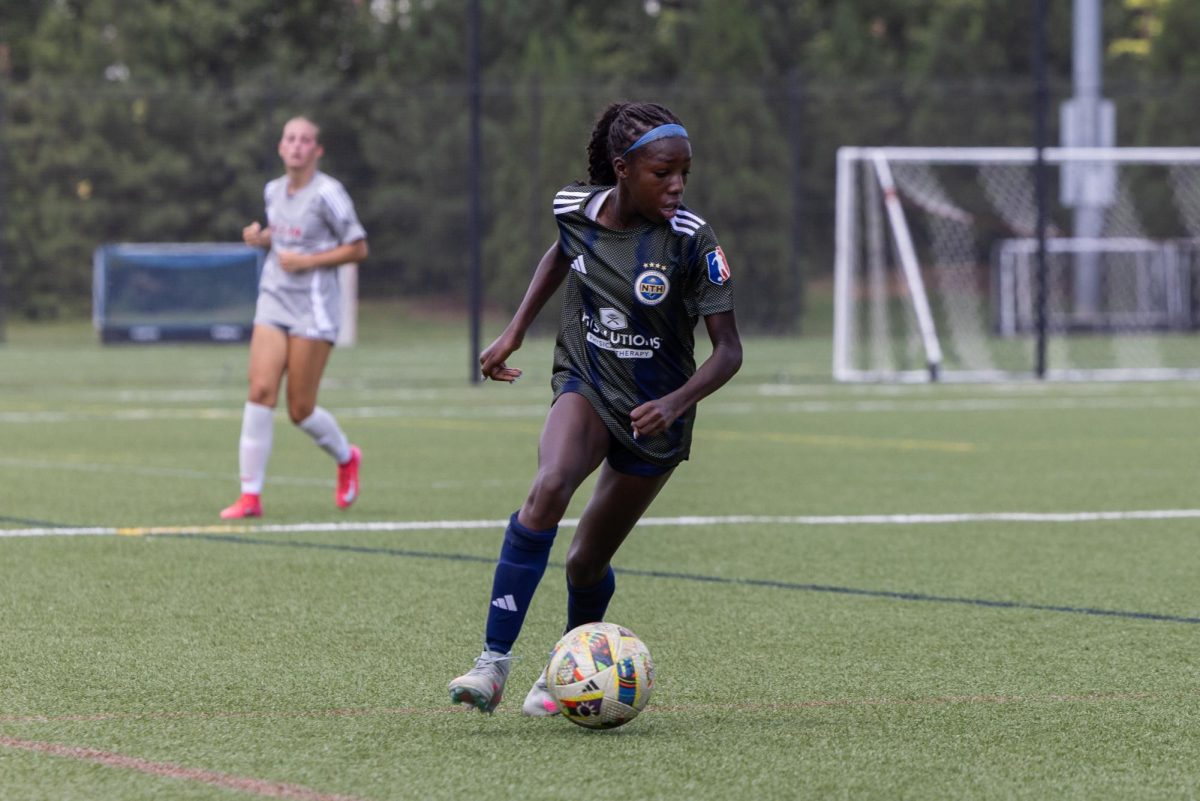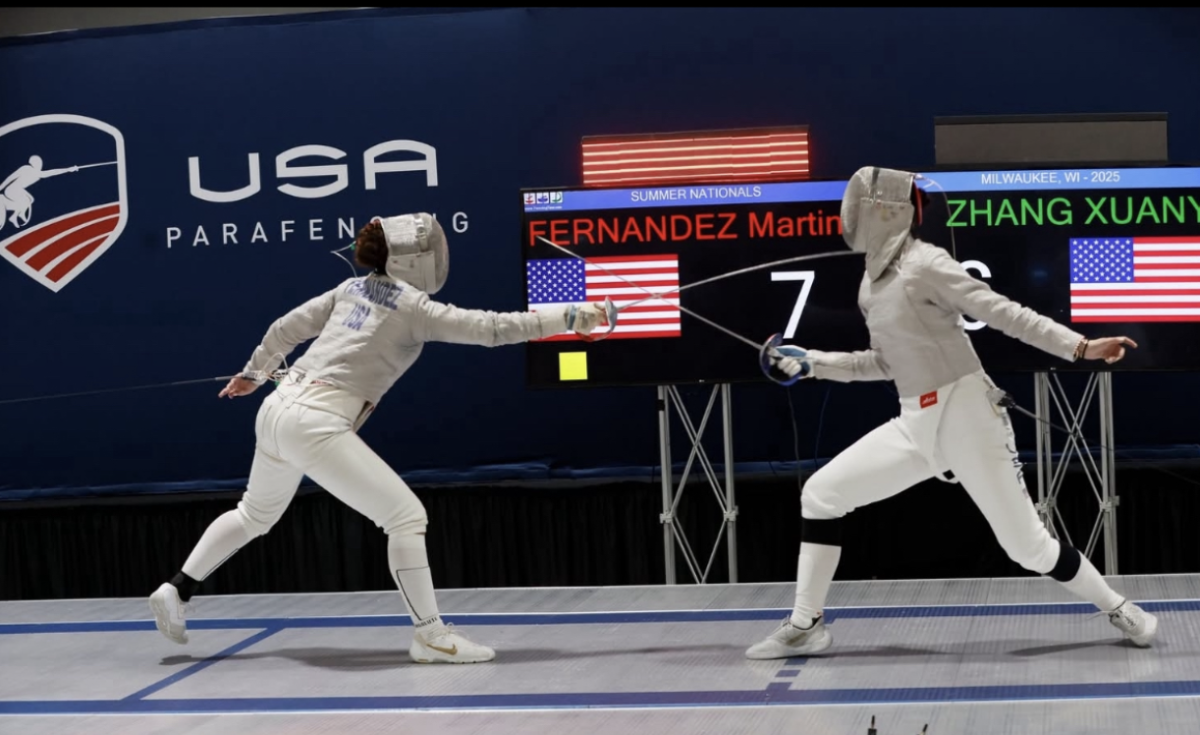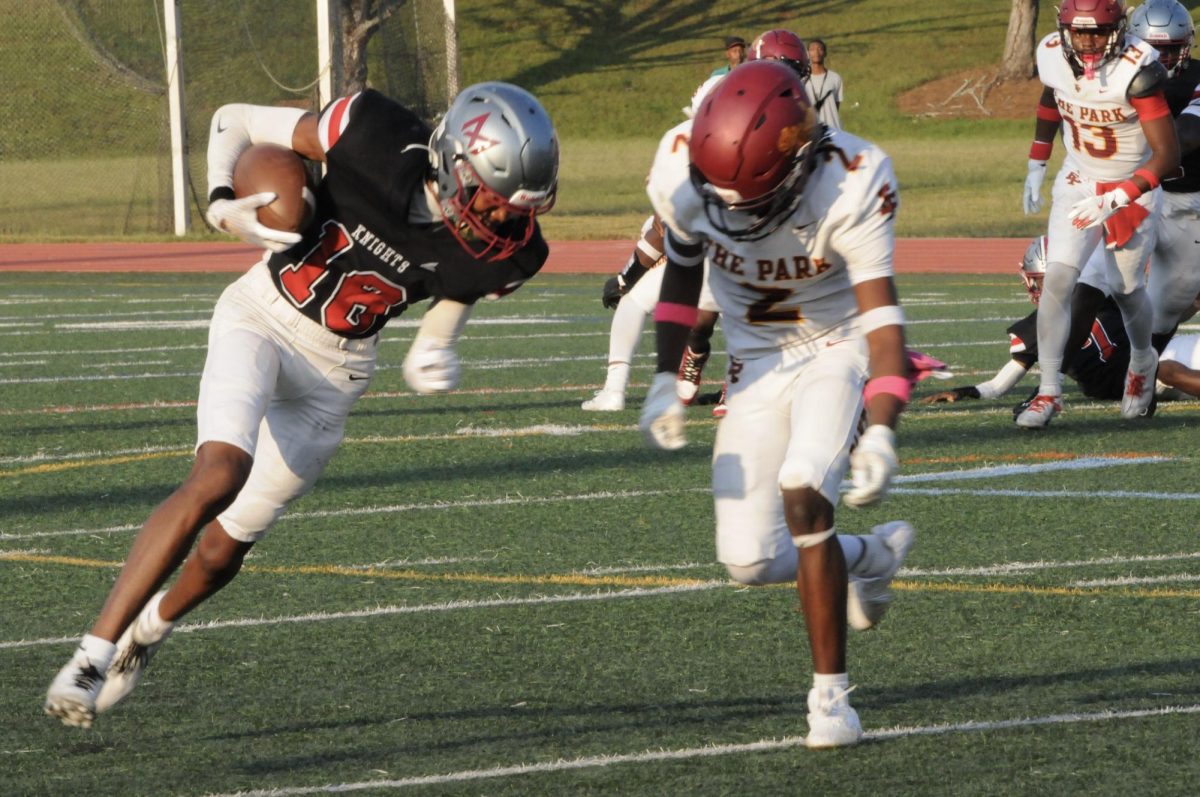In the second round of March Madness on March 24, Naismith Player of the Year Juju Watkins tore her anterior cruciate ligament (ACL). On March 28, NWSL player Teirina Davidson tore her ACL in a non-contact injury for the second time in three years. With these players likely facing a year-long recovery before returning, the emphasis on research to prevent this from occurring to others is at an all-time high.
According to research done by the British Journal of Sports Medicine, women are three to six times more likely to tear their ACL in comparison to their male counterparts. It has been assumed this is due to the different body compositions of men and women. Female athletes tend to be more quad-dominant, not building up the hamstring, and this imbalance can lead to injuries. It has also been found there is less emphasis on core and ability work in training for women’s sports, heightening the risk.
Comparing ACL tear rates across sports after 1,000 practices and games, the imbalance of men’s and women’s tears is shown. The top rate shows men’s football tied with women’s gymnastics, and is then followed by women’s soccer and women’s basketball.
These numbers have been trending up as well. Since 2007, the ACL injury rate for female athletes in high school has grown 32.3 percent, compared to 14.7 for male athletes. The highest rates of tears in high school sports goes from girls soccer, with 13.3 tears for every 100,000 exposures (practices and games), to boys football, with 12.6 tears for every 100,000 exposures, back to girls basketball and girls lacrosse, with 12.2 and 10.4 tears, respectively, for every 100,000 exposures. For comparison, boys lacrosse has a rate of 7.8 tears for every 100,000 exposures and boys soccer has a rate of 4.9 tears for every 100,000 exposures.
In the professional women’s soccer world, it is shown one in 19 women have torn their ACL at one point in their career. Leading up to the 2023 Women’s World Cup, 25 to 30 high-level National Team players dealt with this injury, missing the chance to perform on the world’s biggest stage for soccer.
According to ACL Women Football Club on Twitter, since Jan. 2022, 542 professional women’s soccer players have torn their ACL, with some players like Davidson making the list twice. Once you tear your ACL, the likelihood of tearing the opposite one increases. Alongside this, over 50 percent of people who tear their ACL get knee arthritis in the following 10 years of recovery.
A study done by the National Institutes of Health gave results that said female basketball players were 3.5 times more likely to suffer from an ACL tear in comparison to men. Many notable NCAA women’s basketball players have faced this truth, including Texas’s Rori Harmon and UCONN’s Paige Bekers and Azzi Fudd. These players have all since returned from injury, but the recovery period was lengthy.
Despite the fact there are almost even numbers of male and female athletes, only six percent of sports injury research is focused on women. With limited information, it makes it harder for female players to know what to do to limit their risk of injury.
Although there is no way to fully prevent ACL tears, there are ways to try and decrease the odds of it occurring, but the majority of research has focused on male athletes. Because of the biological differences between male and female athletes, the methods for male athletes could vary from those of female athletes.
Watkins and Davidson’s injuries showcase the recent rise of ACL tears and indicate the need for people to look into the causes and the prevention methods for female athletes and their ACL tears.

